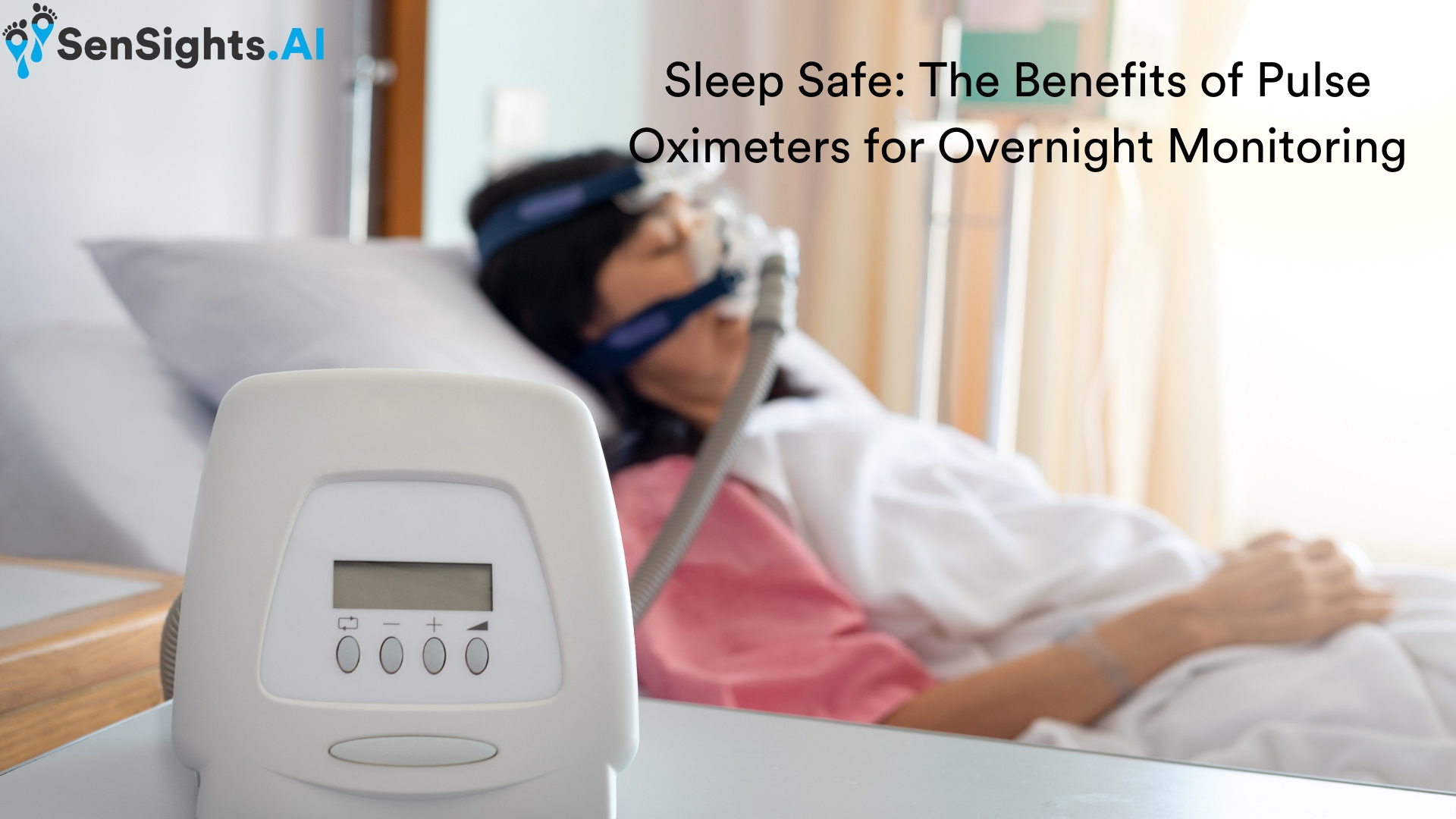Sleep is an important component of our life, and the quality of our sleep has an impact on both our physical and mental health. Regrettably, many people suffer from sleep disorders, which can cause sleep disruption and major health consequences. Sleep apnea is a common sleep disorder that is characterised by repeated bouts of breathing pauses during sleep. These pauses can induce a drop in blood oxygen levels, which can lead to major health problems such as heart disease, stroke, and high blood pressure.
Pulse oximeters are medical devices used to measure the amount of oxygen in the blood. They are non-invasive and simple to use, and they can be used at home to monitor oxygen levels while sleeping. We will cover the advantages of utilising pulse oximeters for nightly monitoring and how they can help you sleep safely in this article.
What exactly is a pulse oximeter?
A pulse oximeter is a compact, portable gadget that measures the amount of oxygen in your blood. It measures the amount of oxygen in your blood by shining a light through your finger or earlobe. The device then estimates the proportion of oxygen in your blood by measuring the amount of light that passes through.
Why Is Overnight Monitoring Necessary?
Nightly monitoring is critical for persons who have sleep problems like sleep apnea. Sleep apnea is a condition in which breathing stops during sleep and oxygen levels in the blood drop dramatically. Nightly monitoring can assist in detecting these reductions in oxygen levels and alerting the patient or carer to take the required precautions to avoid significant health consequences.
The Advantages of Overnight Monitoring with Pulse Oximeters
During overnight monitoring, pulse oximeters have various advantages, including:
Non-Invasive: Unlike other medical devices, pulse oximeters do not require the use of needles or blood draws. They are simple to use and can be done at home.
Real-Time Monitoring: Pulse oximeters detect oxygen levels in the blood in real time. They can promptly detect dips in oxygen levels, which can help avert significant health problems.
Simple to Use: Pulse oximeters are simple to use and do not require any specific training. They are portable and may be used at home, making them ideal for vacation.
Cost-effective: Pulse oximeters are reasonably inexpensive and can help you save money on medical bills related to sleep disorders.
Who Can Make Use of Pulse Oximeters?
Pulse oximeters can help those who have sleep apnea or other sleep problems that cause oxygen levels to decline. They can also be utilised by persons suffering from chronic obstructive pulmonary disease (COPD) or other lung illnesses that influence blood oxygen levels.
Usage of a Pulse Oximeter
Using a pulse oximeter is simple and straightforward. To begin, switch the gadget on and place the sensor on your fingertip or earlobe. Your oxygen saturation level, heart rate, and other vital indications will be displayed via the device. Use the device overnight to check your oxygen levels while sleeping.
Conclusion
Pulse oximeters are an excellent tool for monitoring oxygen levels during sleeping. They have various advantages, including non-invasive monitoring, real-time monitoring, ease of use, low cost, and the ability to be used by anyone suffering from sleep apnea or other sleep disorders. Consider utilizing a pulse oximeter for nightly monitoring if you or a loved one suffers from sleep apnea or other sleep disorders.


